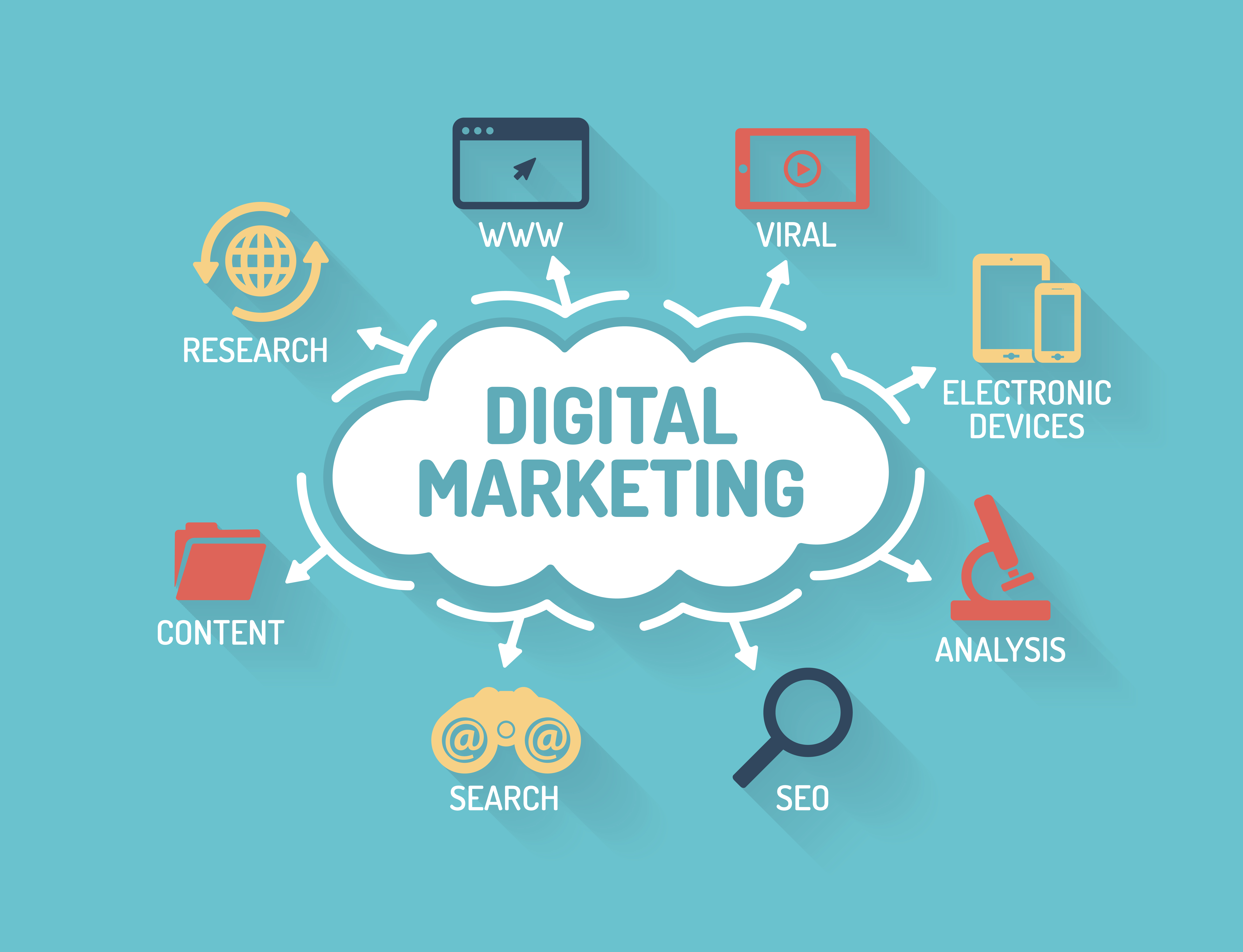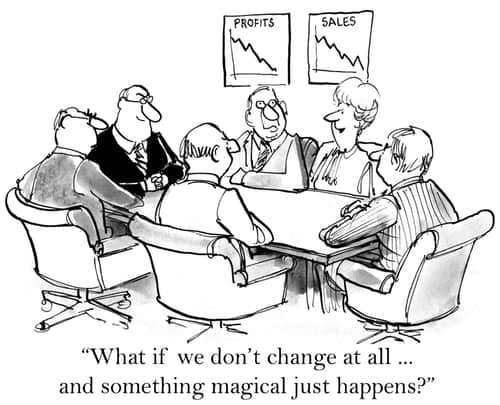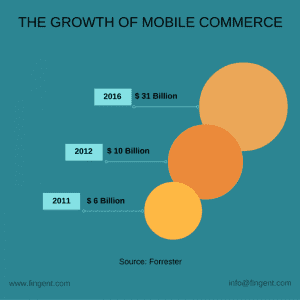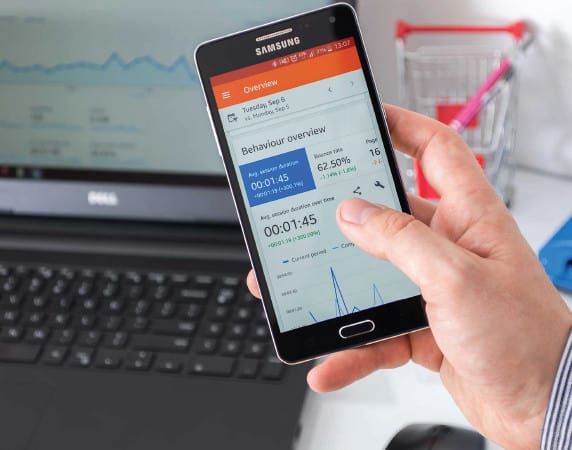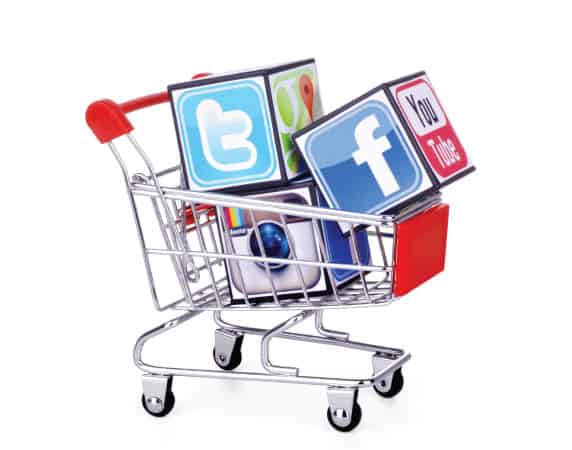Category: e-Commerce
In today’s digital age, a website is your business’ window to the world, irrespective of whether you are a brick and mortar establishment or an online entity. Similarly, the need for a dedicated website is not just limited to startups but is equally vital for established business. Even if your business is doing exceptionally well, investing in a well-designed and responsive website can help you reach out to a wider cross-section of the audience and increase your sales manifold.
Here is rundown on how custom website development services can turn the tide for your business:
Website Development and Its Advantages
Custom web development is one of the finest things you can do to guarantee the success of your business. In addition to improving your visibility, customized website development can help your business in the following ways:
- Customized website development boosts your credibility and adds a certain brand authority to your business.
- A professional-looking website can bring you big gains without an astronomical investment, thus, offering a higher return on investment (ROI) than traditional means of advertising.
- It does not matter whether you are a newbie or a seasoned market player, there is bound to be competition in your realm of trade. A dedicated website can assist you in leveling playing field and even beating your competitors.
- It boosts your advertising and marketing endeavors across different channels. Your social media marketing and email marketing campaigns are likely to resonate better with your audience if these lead them to a website.
- Custom designed websites are cross-browser well-matched.
- Custom developed websites also costs nearly same as of any template based solution. They may have little higher cost but offer numerous benefits and total control on each part and role of the website.
Specialized, clean, and well-organized online presence is essential for preserving your brand reputation. General designs can create a negative impression of the product or service quality, the reason being customers see you as no dissimilar from thousand other companies. The website represents your business in terms of superiority, quality, and individuality, so you need to have one developed skillfully.
Importance of Multiple-Channel Presence
At a time when smartphones and handheld gadgets rule the roost, the number of people accessing websites through a desktop computer is fast dwindling. Almost everyone likes to browse the internet on the go. Therefore, a website with a responsive design – that ensures your website is displayed correctly and uniformly across platforms, devices and screen sizes – is essential to stay relevant in the dynamic online landscape.
As per statistics, whopping 67 percent users are more likely to use an enlisted service or buy products on a website with a clean, responsive design. In contrast, 61 percent users are likely to exit a website with an unfriendly layout and design. The bottom line is – a potential user may bounce back from your website and move to that of your competitors if you don’t cater to a multiple-channel presence.
How Digital Marketing Can Help
Building a website from scratch is no big deal, given the user-friendly content management systems like WordPress. Even so, if you really want to make an impact with your web presence, it is advisable to use professional custom website development services because you don’t just need to build a carefully-strategized site but also work toward improving your search engine rankings to attract massive traffic. People will know that you exist, only when your website is visible in search engine results. A smart digital marketing campaign can help in bolstering your web presence to clock-in tangible gains.
Stay up to date on what's new

Featured Blogs
Stay up to date on
what's new



Talk To Our Experts
Enterprise software solutions are the backbone of an organization. Selecting one for your organization is a great responsibility as it requires detailed analysis at each and every step. The major challenge lies in understanding that every organization’s structure is different and cannot do with the same software that was used in your previous organization or is used at the competitor’s company. To make your task easy, here are 8 challenges to avoid before purchasing an Enterprise Software.
1. Change Management
One of the key understandings that should come with a new Enterprise Software is that there is a need for identifying the changes in the IT infrastructure beforehand and then implementing it. Know how much change is required and if it is possible to handle before purchasing the new software. Also, the employees need proper training for change management and to get them comfortable with the new system before it goes live on an organizational scale.
2. Physical Requirements
Before jumping into a purchase decision, figure out what is the current IT infrastructure landscape, if it fits well or requires changes. For a newer setup, choose the software wisely and then plan the landscape. But remember, the software you choose defines this landscape and should be thoroughly checked to avoid any unwanted changes in the future.
3. The load of migration
Data is the basis for every industry functioning in this day and age. Introducing newer software to the system means adding your current data to it for validation and future operations. Check the requirements of the new system you plan on incorporating and if the required is way too much. Remember data is imperative to the organization and correct migration will minimize errors.
4. What the vendor has to offer
Sometime Enterprise Software vendors are too enthusiastic to sell the product but lack a structure post-purchase. Figure out what are the key support promises that they offer and if they have a track of delivering them. A due diligence of the provider should not be skipped especially if the vendor is not a big company.
5. Readying the team
Internal challenges are one of the key points to consider for the purchase. You will have to understand the requirements of the enterprise software development company well along with the features required. Each department will offer a different list of features they need. The challenge is to create a project scope that encapsulates all these important points and uses it as a foundation to identify the right software.
6. Software scope
Considering any enterprise software, and its capabilities, it is quite hard to find one that has everything that a business needs. As organizations strive to meet individual customer demands, they rely on customization to align their strategic objectives with enterprise solutions. For instance, one of our leading real estate organizations wanted to add a document management function that enabled them to share documents easily with their field agents. However, this posed numerous regulatory constraints considering security and privacy. Our solutions experts realigned the software architecture and build processes to meet the client’s requirement.
7. Taking unwanted risks
The market has opened up for Enterprise Software like never before and every day a new solution surfaces that promises to offer the best of all worlds. New-age technology can be highly enticing but always look under the hood and see if it has been taken for a test drive. Check LinkedIn, job boards, or other forums to find out more about the seller and the software itself. Don’t elevate your risks by getting attracted to high-end technology or pricing.
8. No detailed analysis
One of the issues that hamper the procurement of the right enterprise software is the lack of understanding of your own system. Run the analysis several times and match it with what the software will provide. Keep in mind to not depend on what the next version update will feature, rely only on what the solution provides today.
9. Cutting the influences
Decision making in organizations sometimes doesn’t necessarily stay with the designated employees. It is directly or indirectly influenced by the owners or other people in important positions. No matter how well they know or what better deal is offered through a reference, ensure that the decision, in the end, comes keeping the organization in mind and not the influences.
10. Exploring all opportunities
Do not hesitate to look at third-party support alternatives as they might offer something similar or better than premium vendor support. Look at the maintenance rates that come with the software as it is something that your organization will incur on a regular basis.
Whether you are trying to set up a new system or replace an old one, an expert perspective can help reduce these risks and challenges.
Stay up to date on what's new

Featured Blogs
Stay up to date on
what's new



Talk To Our Experts
What will happen with the eCommerce industry in 2017 to 2024?
The retail and E-commerce industry is moving at a lightning speed. It is said that in 20 years from now, people won’t even remember buying things going to a physical shop or handing over physical money. Every retailer should have these massive e-commerce trends on their radar for the coming years and continue building their digital capabilities to strive in the future market and remain their customers’ favorite. This infographic showcase the purchase behaviors, popular demands, and top trends that will dominate the e-commerce industry in coming years that shall impact the way customers shop and retailers operate.
If you are into Retail, sell things online or plan to start doing so in near future, or is a consumer of any type, this infographic is a must-see.
Stay up to date on what's new

Featured Blogs
Stay up to date on
what's new



Talk To Our Experts
Steve Jobs’s April 2010 prophecy of mobile devices replacing desktops and laptops as the computing devices of choice is now coming true. More people now access the internet using their mobile devices, compared to desktops or laptops. This has its effect in e-commerce as well.
M-commerce is now 34% of all ecommerce transactions, and expected to grow at 31% in 2017. Overall e-commerce is slated to grow at just 15% in the same period, meaning m-commerce is slated to grow 200% faster. Goldman Sachs estimates the total value of m-commerce at $626 billion by 2018, by which time m-commerce would account for half of all e-commerce transactions.
The reason for the surge in m-commerce is obvious. More and more people now prefer the convenience of taking out their smartphones when on the move in a commuter train or when whiling away time at the dentist’s office, rather than take time out to sit in front of a desk, wait for the laptop to boot, and get connected.
Many e-commerce players, quick to spot the trends, have come up with responsive mobile websites and rolled out native mobile apps, to facilitate the mobile-savvy customer. In fact e-tailers no longer have a choice; as 57% of customers won’t even recommend businesses with poor mobile sites, leave alone patronize it. However, most of the early adopters have also discovered merely launching mobile apps or mobile websites is not enough. It is still a fiercely competitive marketplace, and only those who go all out to facilitate the mobile customer wins.
Here are some ways to go all-out, to pamper the highly fickle mobile shopper
Leverage the Power of Simplicity.
The mobile is a consumption-focused device. Play to this strength by making it easy for the user to find what they are looking to consume. Leverage the power of simplicity through a minimalist design and a clean structure. The best apps do not require too much keyboarding or taping on menus, and makes all crucial process, be it registration, login, ordering, check-out, and payment fast and easy. Simplicity and minimalism offers a residual benefit of minimizing data traffic, and speeding up page-loads, which in turns boosts SEO.
Think like a Mobile Customer
The path and trajectory of desktop and mobile user are diametrically different. Successful e-tailers understand the customer’s journey and design the mobile experience around it, delivering a good UX. For instance, since most mobile users shop when on the move, or in the midst of doing something else, anything that shortens interaction time boosts the chances of conversion. Also, since mobile users generally prefer browsing different products, and as such, navigate different screens before actually making a purchase, making it easy to browse many products, add items to the cart, and check out later increases the chances of conversion and making long-term fans. Successful e-tailers also leverage analytics to personalize for the customer, taking into consideration the extremely personal nature of mobile devices.
The path and trajectory of desktop and mobile user are diametrically different. Successful e-tailers understand the customer’s journey and design the mobile experience around it, delivering a good UX. For instance, since most mobile users shop when on the move, or in the midst of doing something else, anything that shortens interaction time boosts the chances of conversion. Also, since mobile users generally prefer browsing different products, and as such, navigate different screens before actually making a purchase, making it easy to browse many products, add items to the cart, and check out later increases the chances of conversion and making long-term fans. Successful e-tailers also leverage analytics to personalize for the customer, taking into consideration the extremely personal nature of mobile devices.
The path and trajectory of desktop and mobile user are diametrically different. Successful e-tailers understand the customer’s journey and design the mobile experience around it, delivering a good UX. For instance, since most mobile users shop when on the move, or in the midst of doing something else, anything that shortens interaction time boosts the chances of conversion. Also, since mobile users generally prefer browsing different products, and as such, navigate different screens before actually making a purchase, making it easy to browse many products, add items to the cart, and check out later increases the chances of conversion and making long-term fans. Successful e-tailers also leverage analytics to personalize for the customer, taking into consideration the extremely personal nature of mobile devices.
Leverage the Power of Innovation
The overriding focus of successful e-tailers is how to uniquely serve their mobile customers. They strive to make their mobile assets dynamic, through promos, deals, offers, discounts, and more. In this, they innovate to ensure their apps leverage the latest developments in technology, or to ride the latest smartphone trends. The best m-commerce apps leverage the unique capability of mobile devices, such as geo-targeting, location-based services, QR codes, and more, to deliver customized offers and deals, and other value-added services.
Integrate Mobile with Overall e-Commerce Strategy
A mobile friendly website or a native app may induce the customer to make a purchase immediately. However, for all the efforts put in by the e-tailer, there is always a possibility of sheer hardware limitations driving poor mobile experience. As such, it is important to integrate the mobile strategy with the overall e-commerce strategy, and provide a consistent experience across channels, where a customer may “capture” of the purchase on mobile and complete the transaction on a larger screen. This is even more important as 53% of customers look at products in brick and mortar store and buy online.
Tie in m-Commerce with Social Media
Mobile and social media are almost inseparable. Facebook, Twitter, Snapchat, Instagram, and the likes are on the screens of nearly everyone stuck on the subway, bus, or train. Successful e-tailers who integrate their m-commerce strategy with their social efforts are able to draw in quite a number of social media visitors straight to the m-commerce site.
There is however, no one-size-fits-all solution. The best way to milk the ongoing m-commerce revolution depends on your specific business. Partnering with us to expand and enhance your mobile strategy allows you to leverage our wide experience and expertise, and is a guaranteed way to save time and improve your ROI.
Stay up to date on what's new

Featured Blogs
Stay up to date on
what's new





